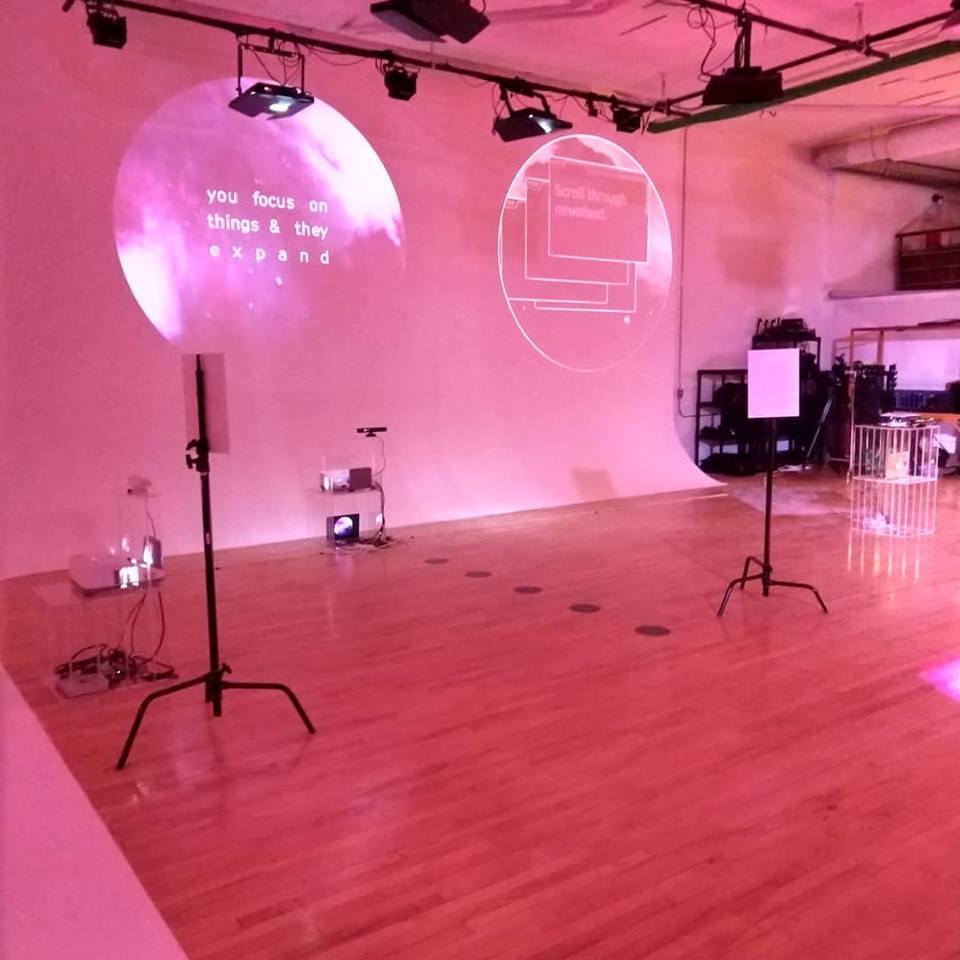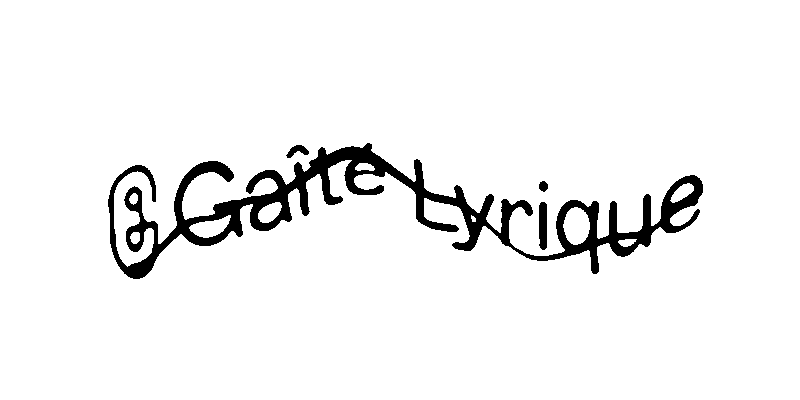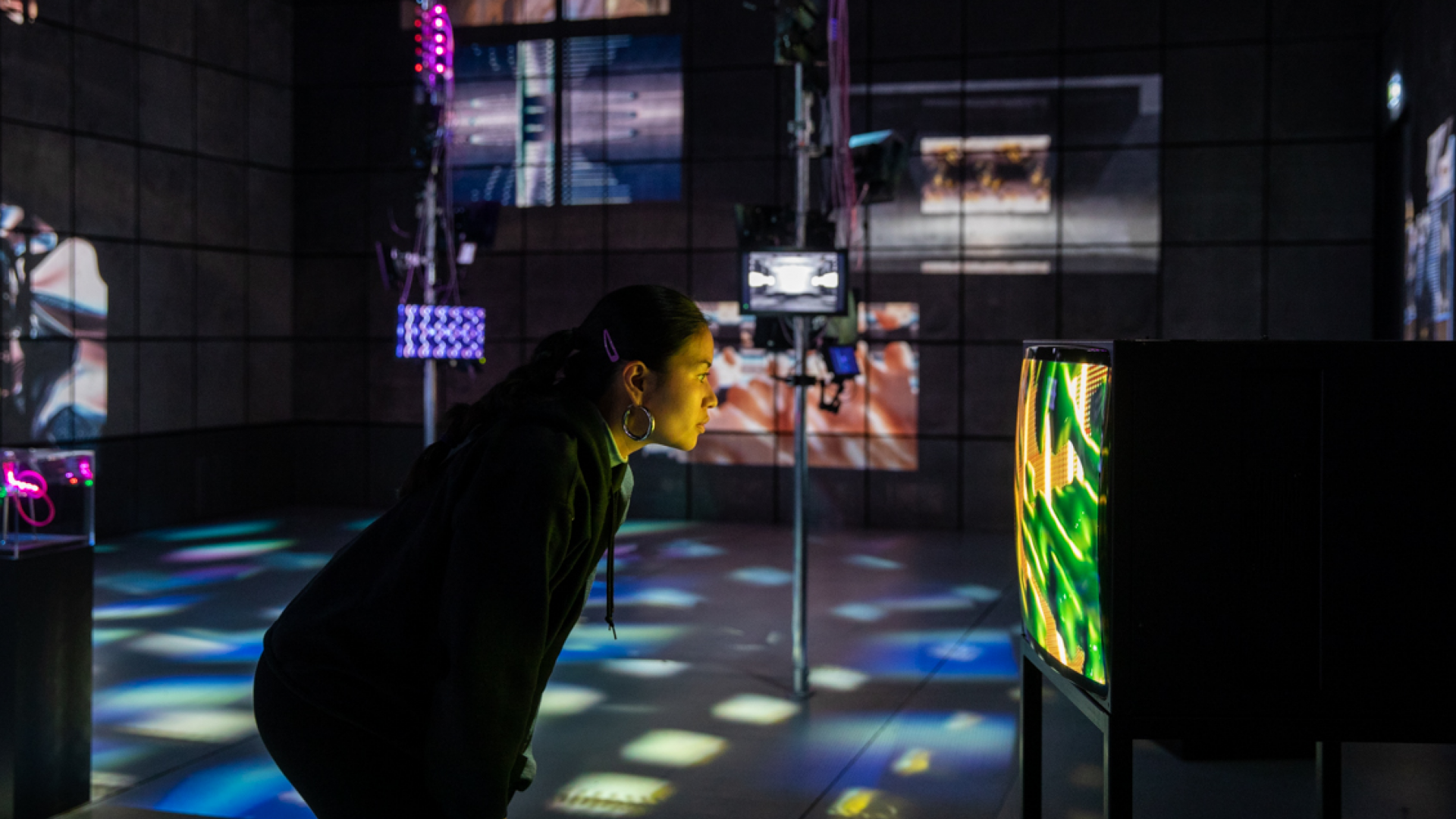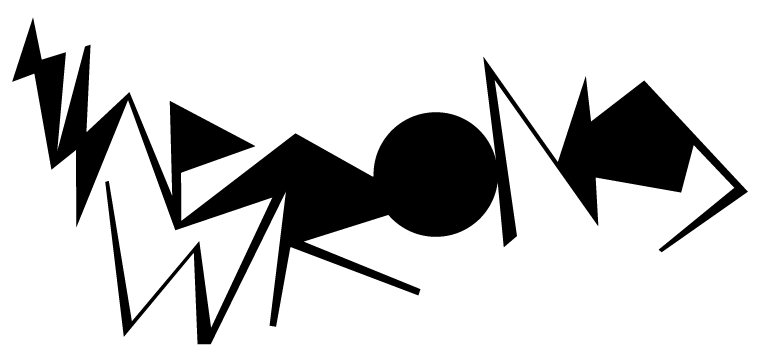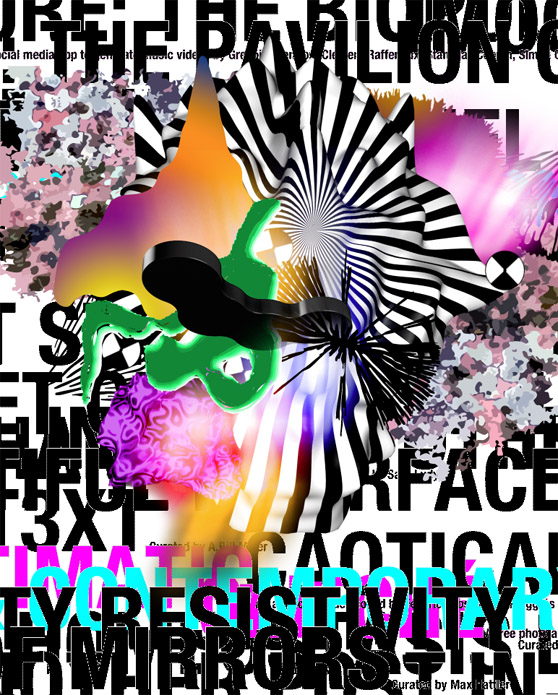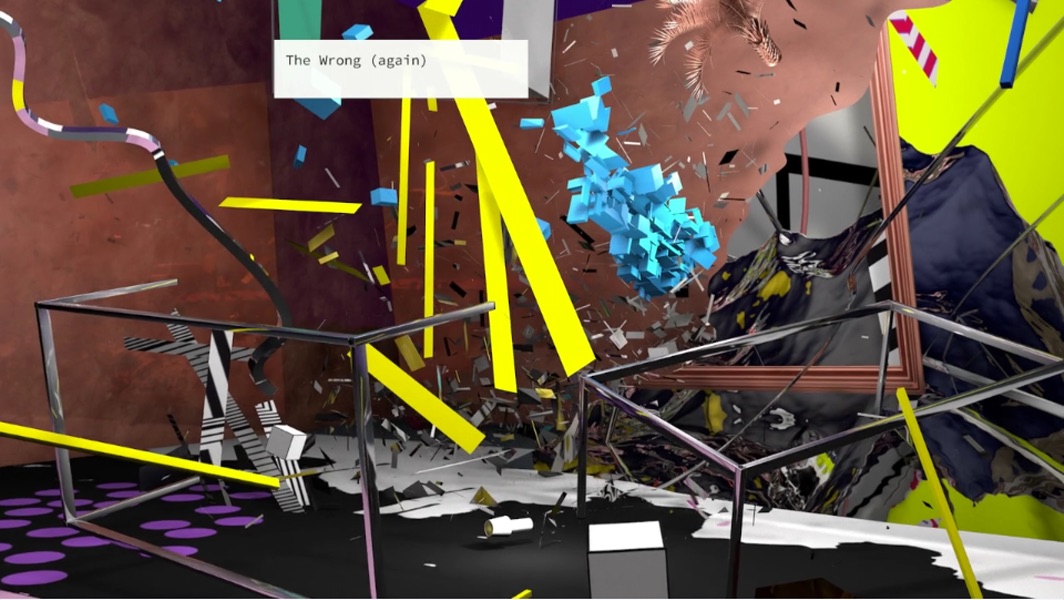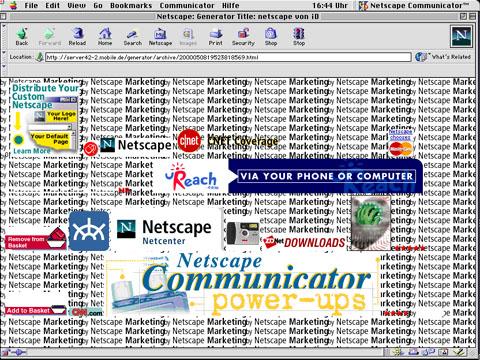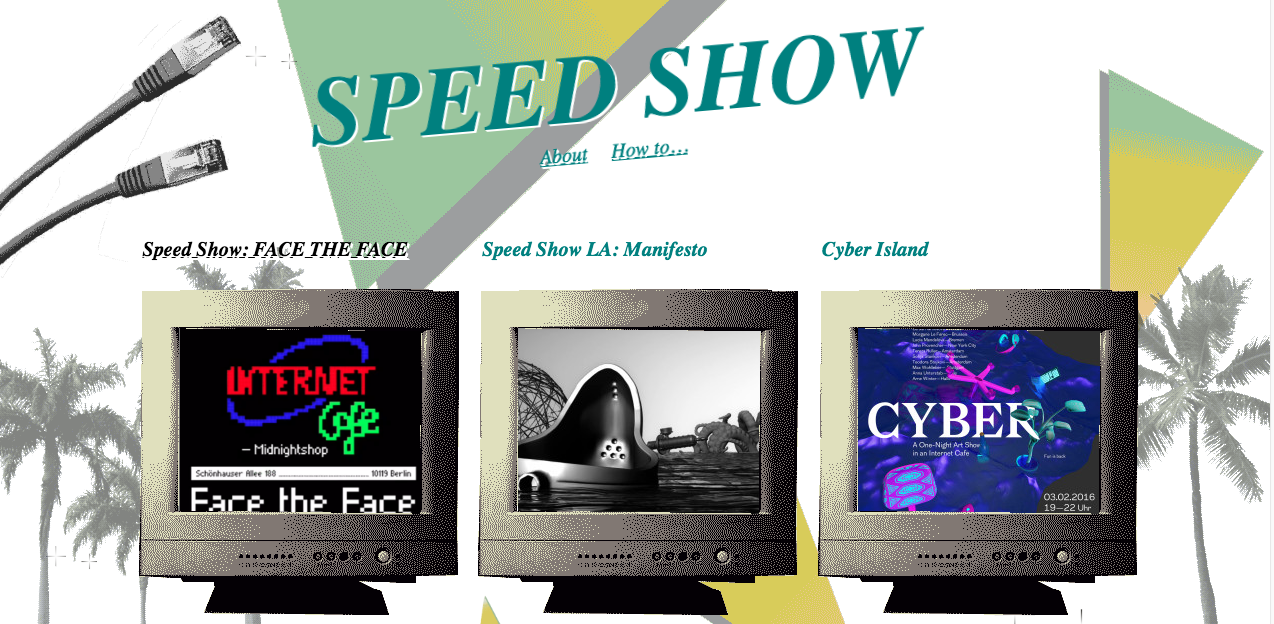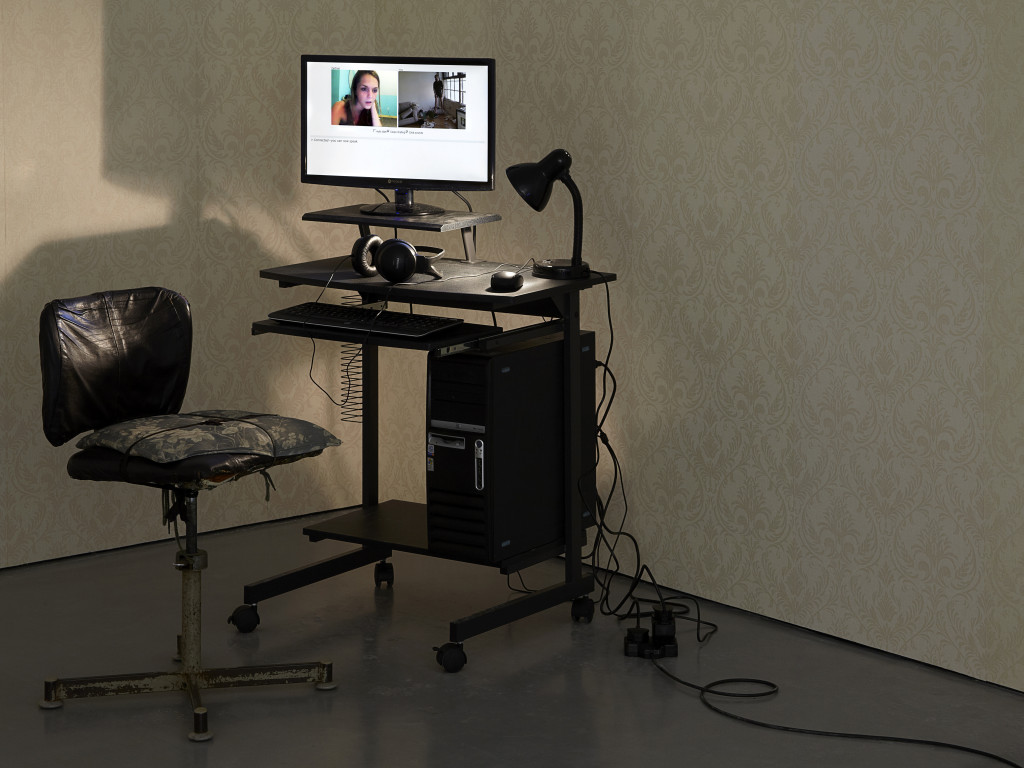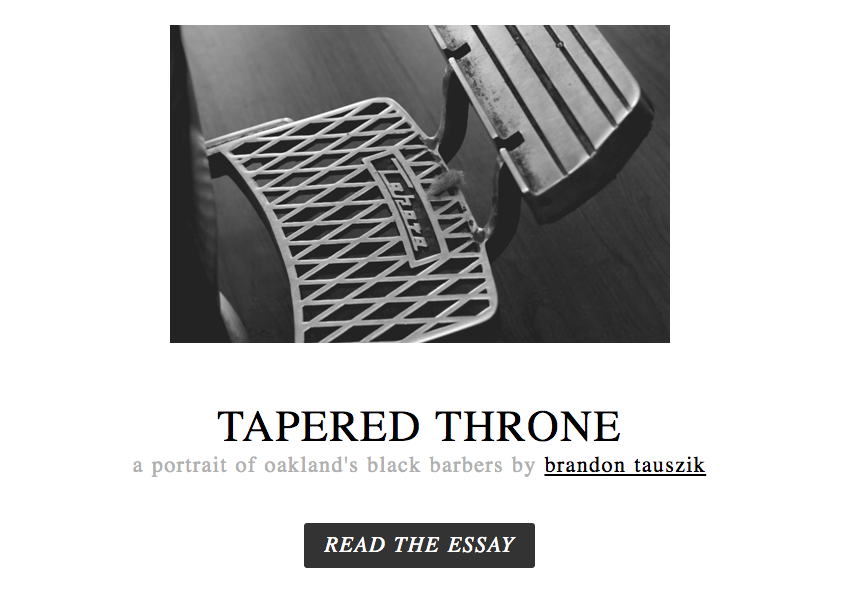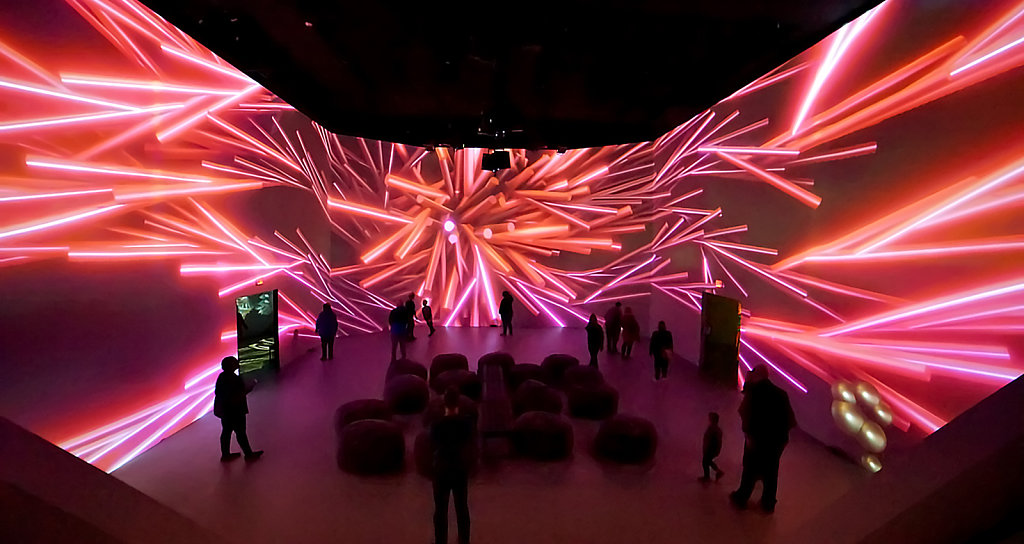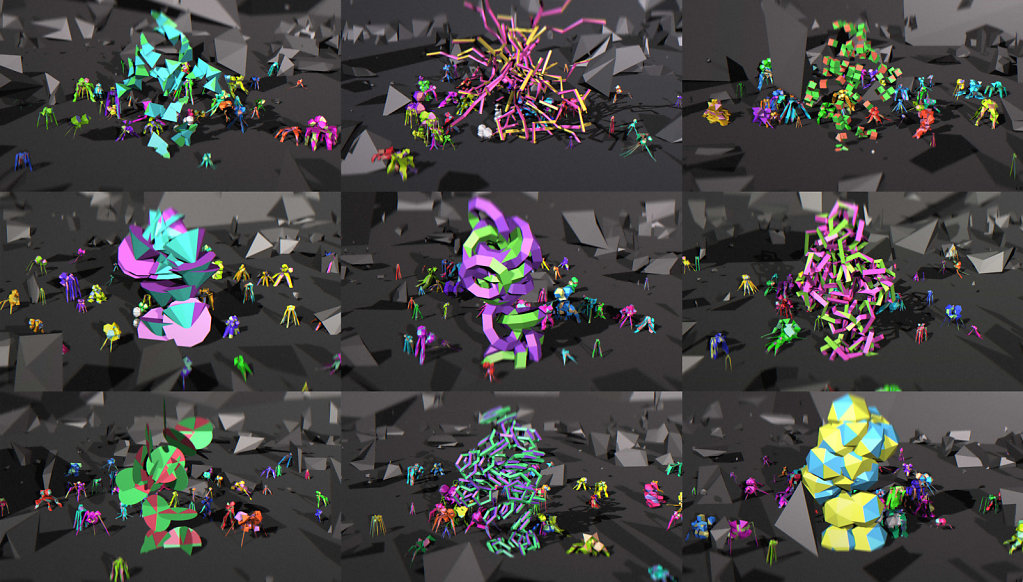Read Introduction to net.art (1994-1999) for a bullet-point manifesto on the movement.
Supposed origin of the net.art term: http://www.nettime.org/Lists-Archives/nettime-l-9703/msg00094.html
An observation on how net artists lose some control over their online works, by Ben Fino-Radin via Rhizome:
"Internet based digital works are affected by the most fundamental form of infrastructure: the browser. This piece of software is the user/patron/visitor's sole point of access to web based work, yet it is produced and controlled by neither artist, patron, nor collecting institution. Manufacturers of web browsers explicitly define what can and can not be accomplished within the browser window – a rapidly shifting paradigm." [1]

